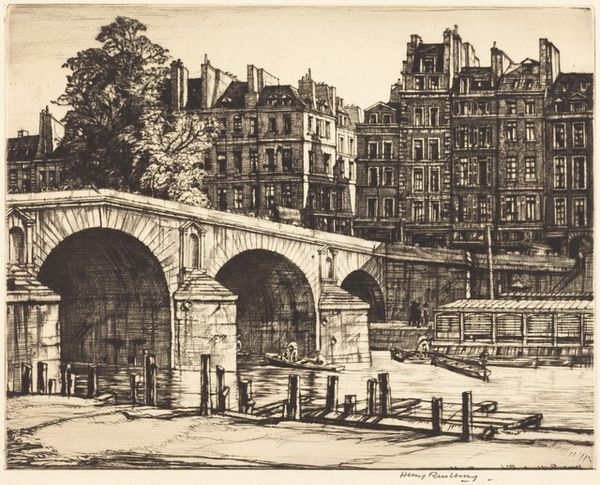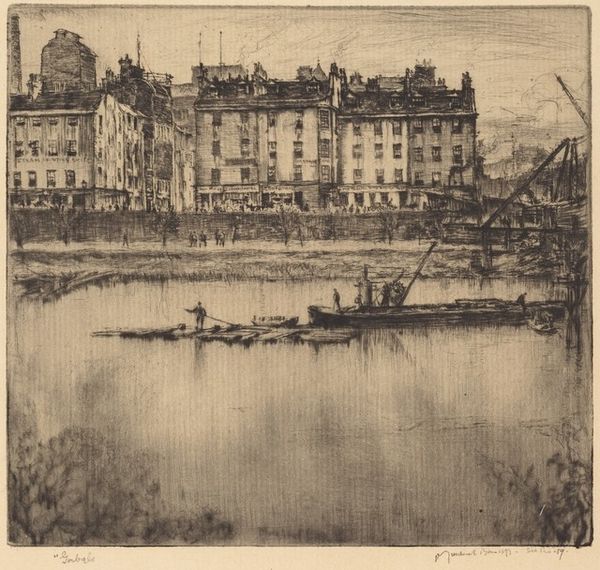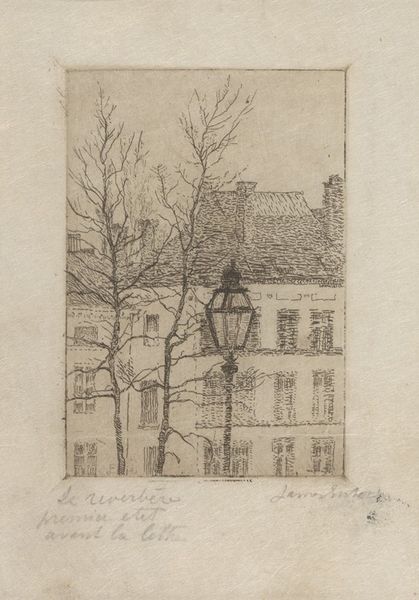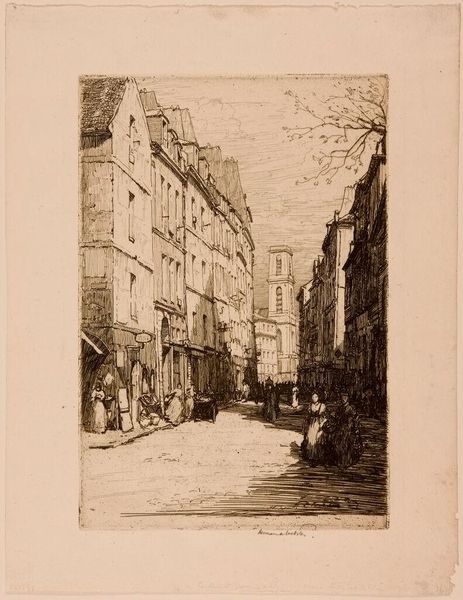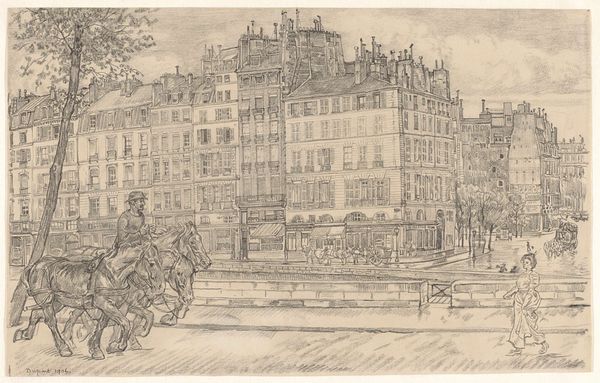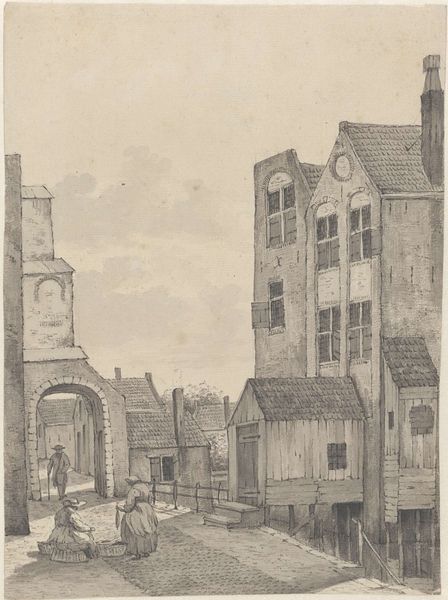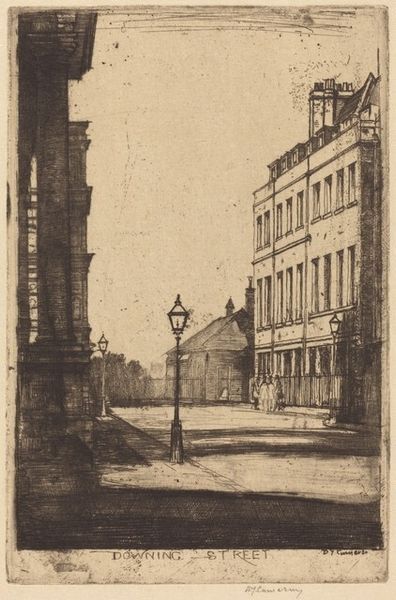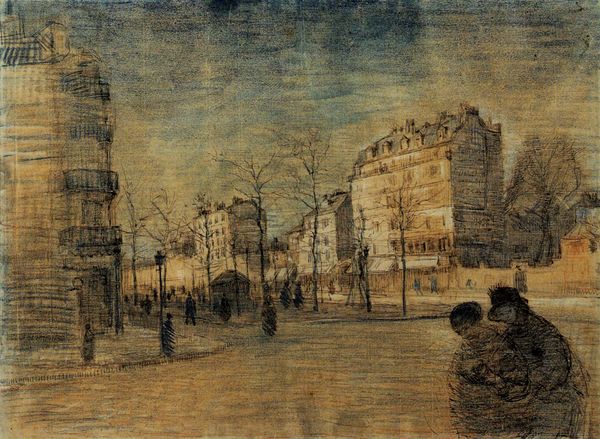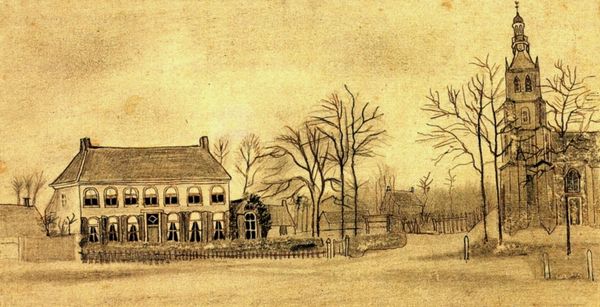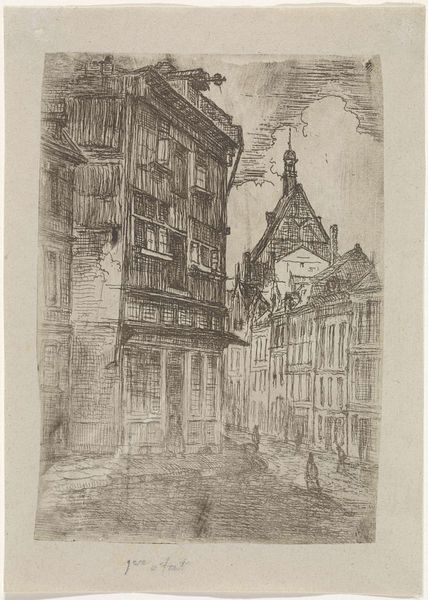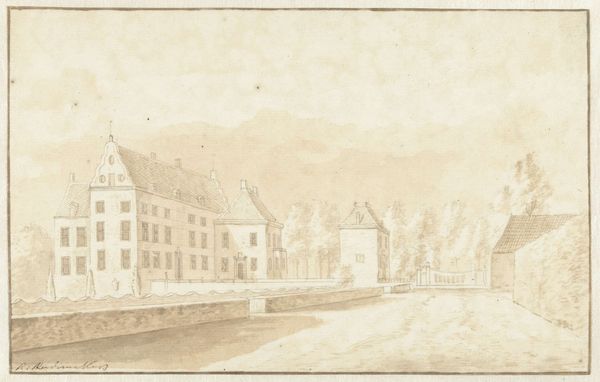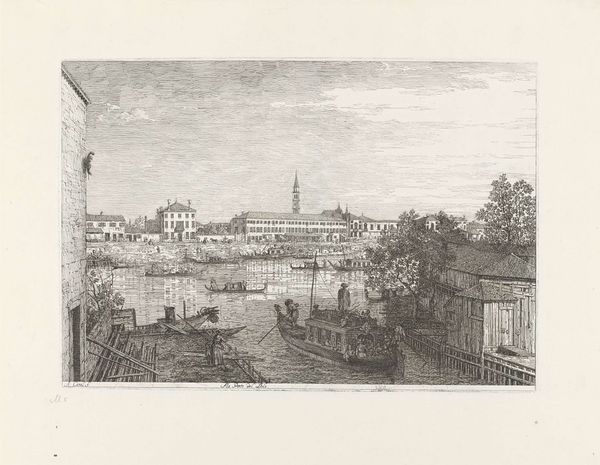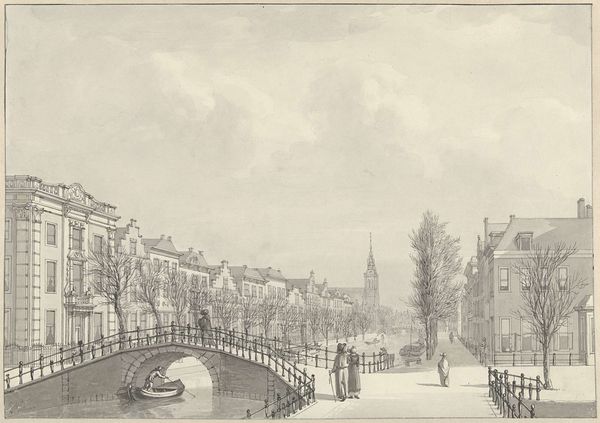
drawing, paper, charcoal
#
drawing
#
dutch-golden-age
#
impressionism
#
landscape
#
charcoal drawing
#
paper
#
cityscape
#
charcoal
Copyright: Public domain
Van Gogh rendered this evocative drawing of the Bridge and Houses with pencil on paper. The bridge itself is not merely a structure of iron and stone, but a symbol of transition, of moving from one state to another. Consider the Roman Pontifex Maximus, the “greatest bridge-builder,” a title that was eventually adopted by the Pope, underscoring the bridge's symbolic role in connecting humanity and divinity. In Van Gogh’s work, the bridge leads the eye deeper into the urban landscape, inviting the viewer to cross over, to explore the unknown. But the bridge also divides, separating the foreground from the background. It represents a divide between the known and the unknown, the past and the future, the conscious and subconscious. This division evokes a sense of melancholy, a sense of longing for what lies beyond. The symbolic bridge is not linear, but cyclical: it reappears throughout art history, each time evolving with new meanings yet retaining its core essence as a liminal space.
Comments
No comments
Be the first to comment and join the conversation on the ultimate creative platform.
